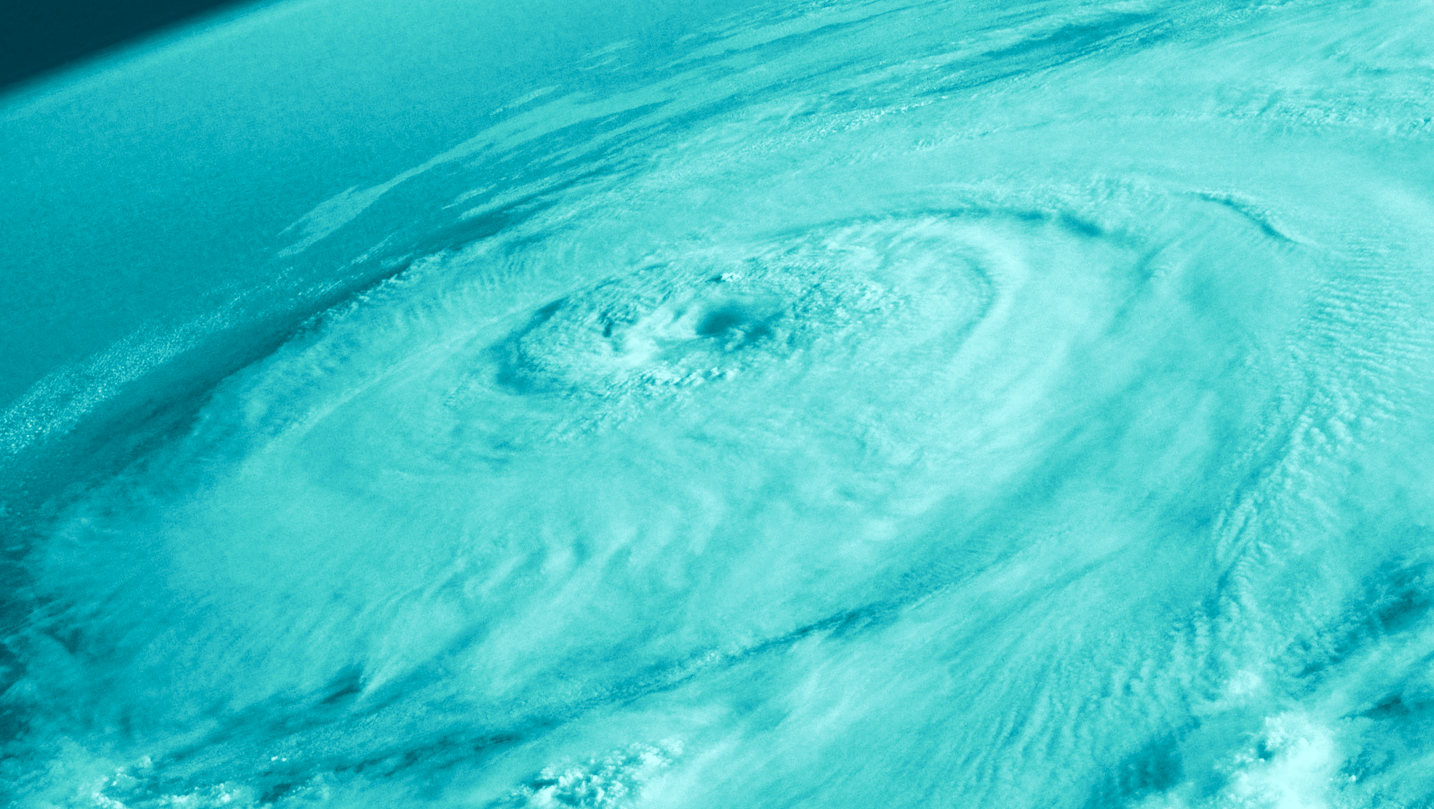Living in Florida means living with the annual threat of tropical storms and hurricanes – and the damage they possibly could inflict on our homes and lives. While we are well aware of the dangers, we sometimes forget how these storms form in the first place – and it’s pretty amazing!
Storms begin as rotating, organized system of clouds and thunderstorms over tropical or subtropical waters. They grow in size and intensity by taking energy from the warm ocean water (and will continue to grow while over warm water). With low pressure at its center, winds are forced upward creating a counterclockwise rotation. Winds higher in the atmosphere will flow away from the storm, allowing more air to rise. At the same time, winds outside of the storm need to be light so they can’t disrupt the storm’s progress.
Its almost like a dance or a symphony – all parts working together to make a powerful production. As a storm builds, it will pass through four different stages:
- Tropical Wave (most common) – Wind speeds of less than 25 mph.
- Tropical Depression – Closed circulation or rotation is present along with sustained winds of 25 mph.
- Tropical Storm – Rain and thunderstorm activity moves over the closed circulation and sustained winds reach at least 39 mph. This is when the system, which may now cause some damage, is given a name.
- Hurricane – Closed circulation becomes an eye and sustained winds reach at least 74 mph, which can cause significant damage. At this point, hurricanes are categorized based upon wind speed.
According to the National Oceanic and Atmospheric Administration (NOAA), the energy produced by clouds and rains from just one hurricane is equivalent to 200 times the world-wide electrical generating capacity. The winds from a large hurricane can create kinetic energy equivalent to about half the world-wide electrical generating capacity!
As Floridians know well, a mild storm off the western coast of Africa or Central America can evolve into a full-on named hurricane heading for Florida in just a matter of days. So don’t wait until a storm becomes a hurricane to prepare. Review your emergency preparedness kit and stock up on non-perishable food, water, flashlights with batteries, and other vital emergency equipment. Most importantly, have a plan that you share with your family and loved ones. Then, keep an eye on those tropical conditions and all local weather reports so you are ready to jump into preparedness action!
